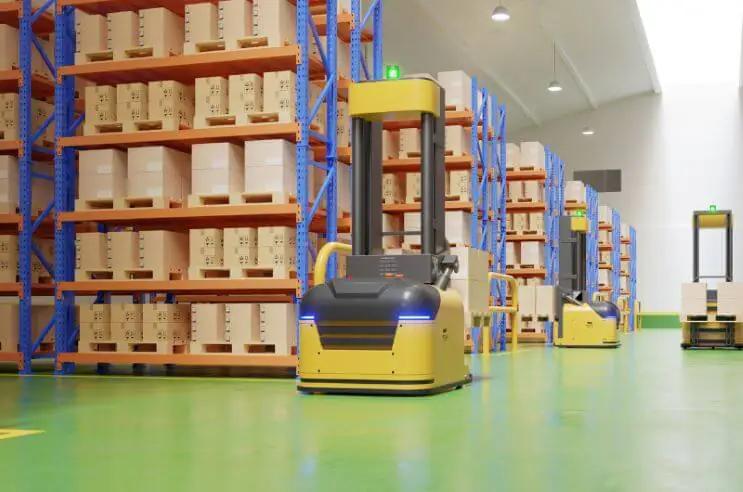
The Italy Warehouse Robotics Market size is predicted to reach USD 446.5 million by 2030, at a CAGR of 13.4%. Italy’s warehouse robotics market is experiencing a transformative boom in 2025, driven by the rapid growth of e-commerce, technological advancements, and the need for efficient logistics in a competitive European landscape. As one of Europe’s key economies, Italy is leveraging automation to address labor shortages, optimize supply chains, and meet rising consumer expectations. But what are the primary forces propelling this market forward, and how are they shaping Italy’s logistics sector? This article explores the latest developments, market trends, and innovations driving the warehouse robotics market in Italy.
Technological Advancements and AI Integration
Technological innovations, particularly in artificial intelligence (AI), machine learning (ML), and the Internet of Things (IoT), are reshaping Italy’s warehouse robotics landscape. In April 2025, Uniserve partnered with Logistics Reply to implement LEA Reply, a cloud-native, microservices-based Warehouse Management System (WMS) that enhances scalability and efficiency. This system integrates seamlessly with robotics, enabling real-time visibility and error reduction in order fulfillment.
AI-enabled visual recognition and collaborative robots (cobots) are also gaining traction in Italy. These technologies allow robots to handle complex tasks like sorting fragile goods or optimizing warehouse layouts, improving space efficiency. Companies like ABB Ltd. and Fanuc Corp are investing in R&D to develop next-generation robotics tailored to Italy’s diverse industrial needs, including automotive, retail, and food and beverage sectors. The integration of 5G connectivity further enhances the performance of these systems, enabling faster data transfer and real-time coordination of mixed robot fleets.
Labor Shortages and Cost Efficiency
Italy, like much of Europe, faces labor shortages in logistics, exacerbated by an aging workforce and high labor costs. Warehouse robotics address this challenge by reducing dependency on human labor and improving operational efficiency. The global warehouse robotics market is driven by factors like labor scarcity and the decline in robotics hardware costs, making automation more accessible for Italian businesses. For instance, Automated Guided Vehicles (AGVs) and AMRs are increasingly used for material transport, achieving picking accuracy up to 99.9%.
In Italy, small and medium-sized enterprises (SMEs) in the logistics sector are adopting cost-effective solutions like cobots, which work alongside human operators to boost productivity without requiring extensive infrastructure changes. These systems are particularly valuable in Italy’s fragmented logistics market, where SMEs play a significant role.
Italy’s Role in the European Market
With major players like Daifuku Co., Ltd. and Murata Machinery, Ltd. expanding their presence in Europe, Italy benefits from its proximity to key markets like Germany and France, as well as its robust manufacturing and retail sectors. The country’s focus on industrial modernization, supported by government initiatives like Industry 4.0, is fostering the adoption of robotics in warehousing.
The picking and placing segment, critical for e-commerce fulfillment, is expected to dominate with over 34% market share in 2025, reflecting Italy’s emphasis on high-efficiency automation. Additionally, Italy’s advanced telecommunications infrastructure, with 4G penetration expected to reach 21% in 2025, supports the connectivity required for smart warehousing.
Challenges and Opportunities
Despite its growth, the Italian warehouse robotics market faces challenges, including high initial costs and the need for skilled professionals to manage advanced systems. Supply chain disruptions and tariff changes also pose risks, particularly for SMEs reliant on imported robotics components. However, opportunities abound, particularly in integrating robotics with emerging technologies like warehouse digital twins, which create virtual models for optimizing operations.
Italy’s growing recommerce market, driven by sustainability trends, is also creating demand for robotics to handle returns and refurbished goods efficiently. Partnerships and mergers, such as those between Samsung SDS and SAP for cloud ERP solutions, are further enhancing Italy’s logistics capabilities.
Conclusion
Italy’s warehouse robotics market in 2025 is thriving, fueled by e-commerce growth, technological advancements, and the need to address labor shortages. Innovations like AI-driven robotics and cloud-based WMS are transforming logistics, while government support and Italy’s strategic European position amplify growth prospects. Challenges like cost and supply chain risks remain, but the opportunities in e-commerce and sustainability-driven markets signal a bright future for Italy’s warehouse robotics sector.


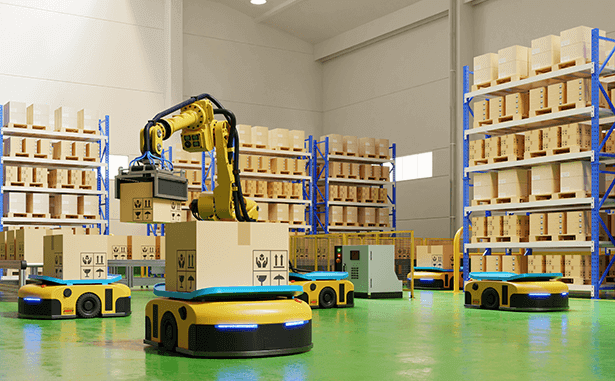
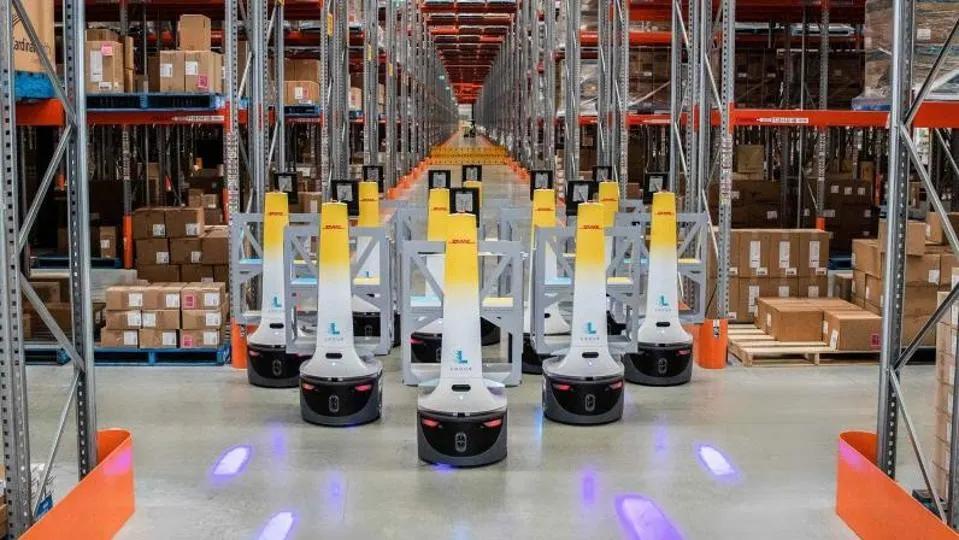
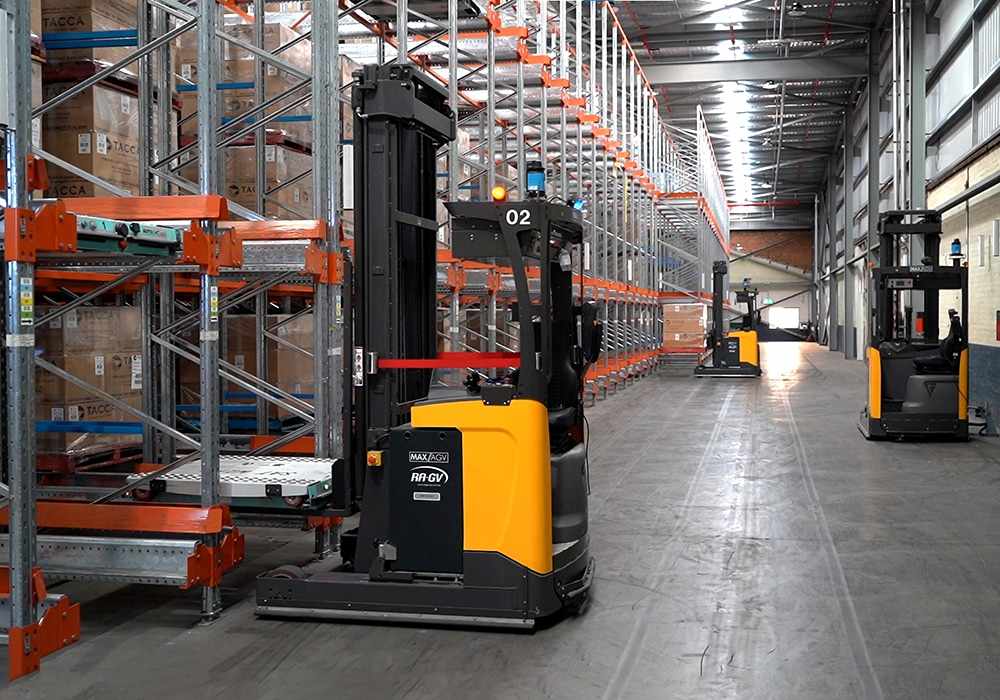
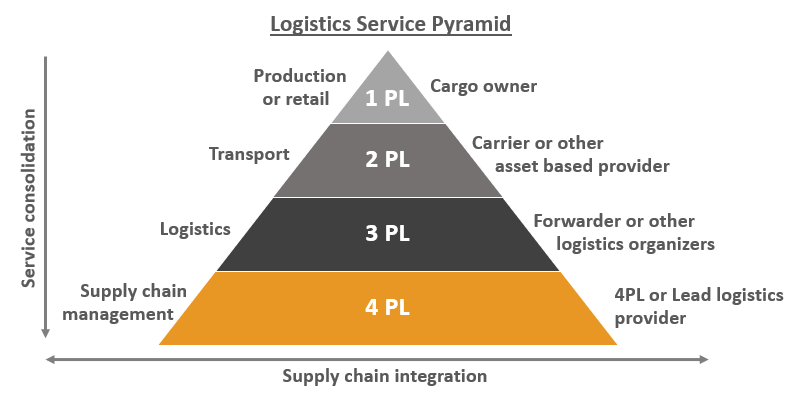
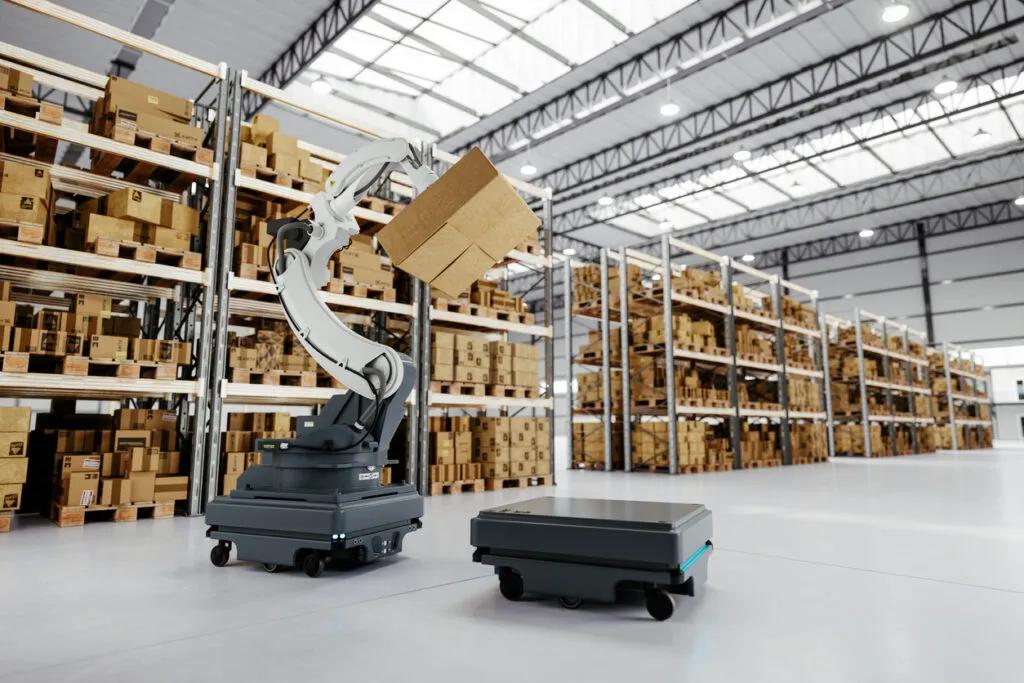


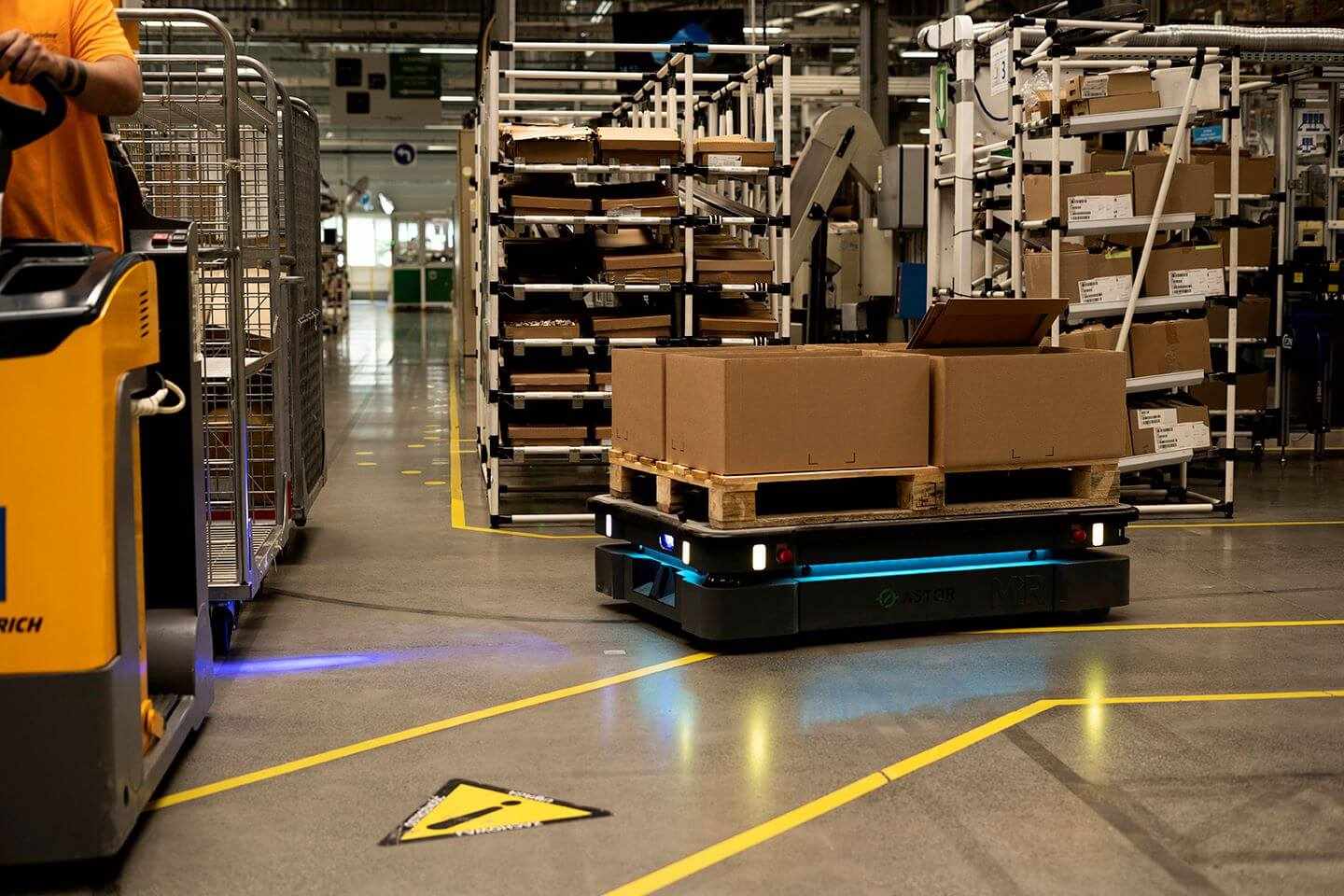
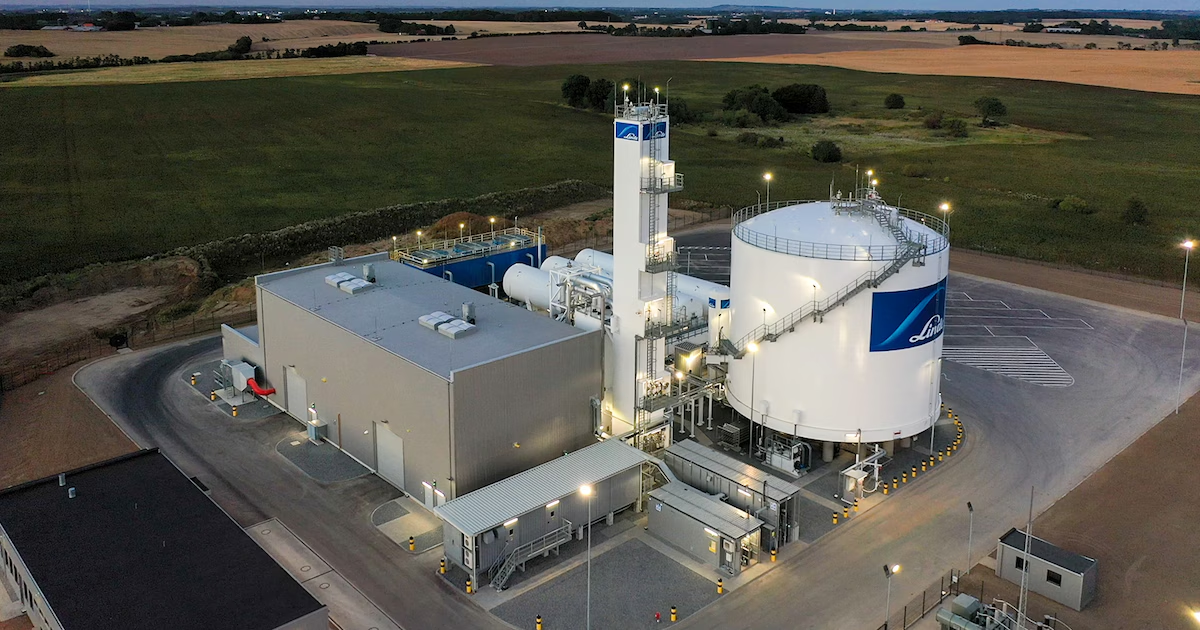

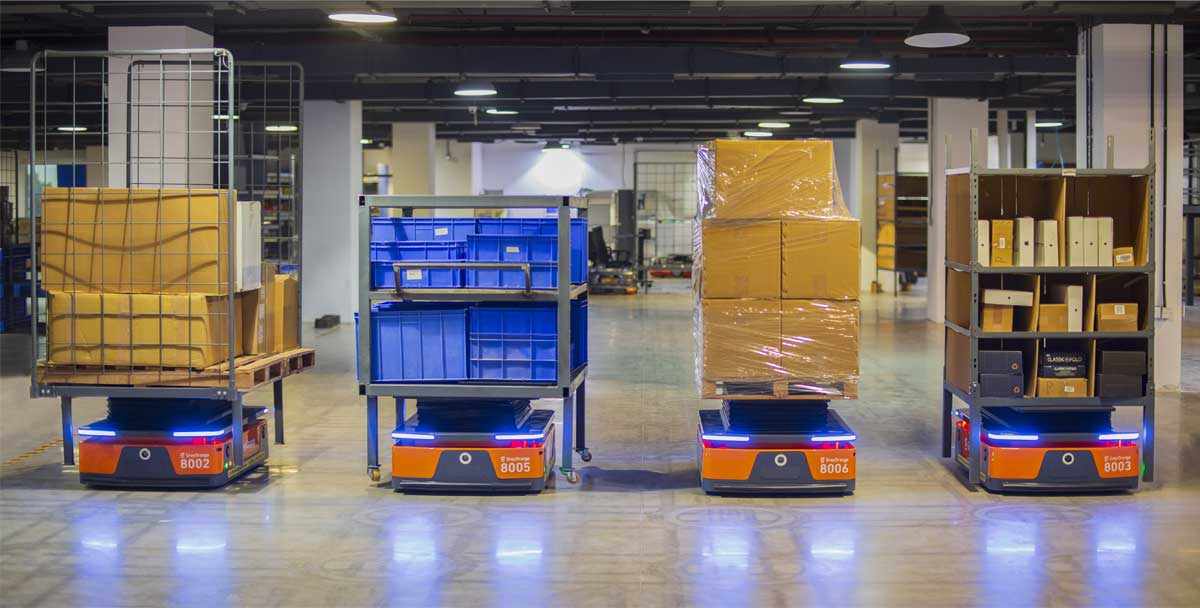

Write a comment ...